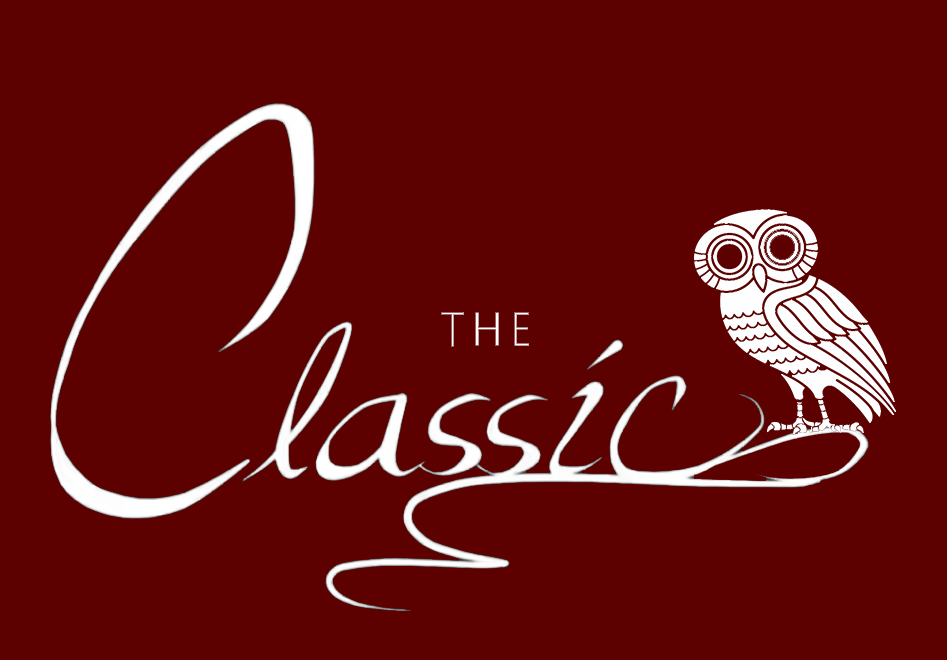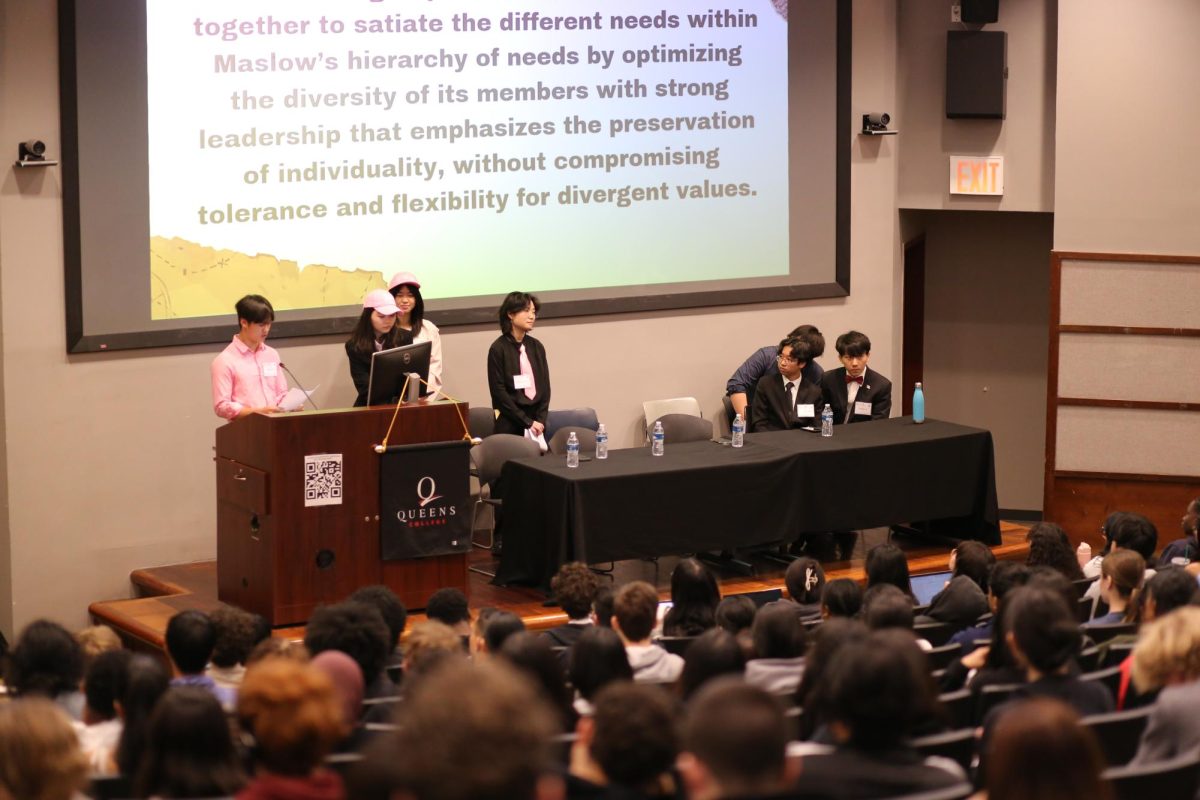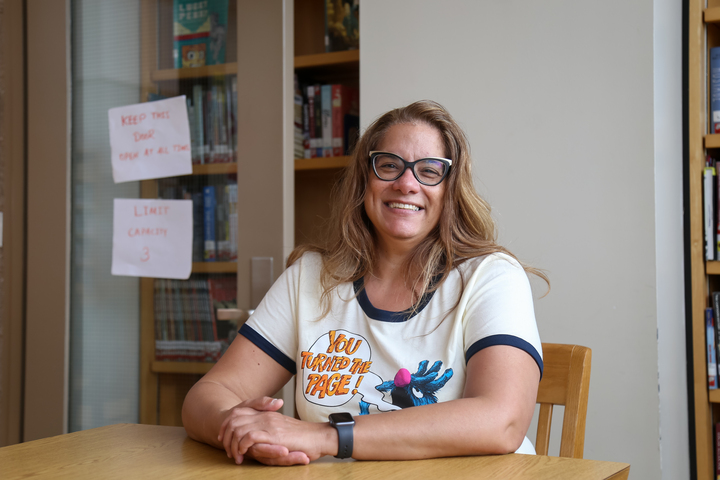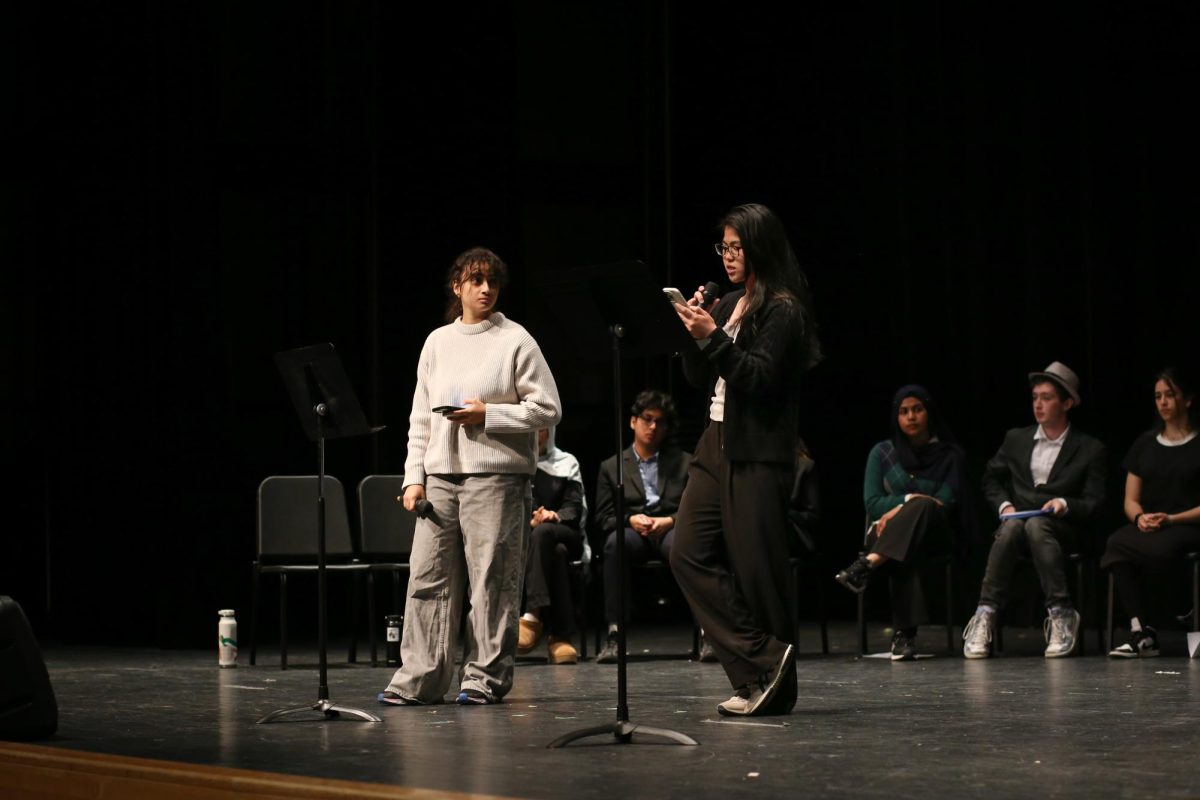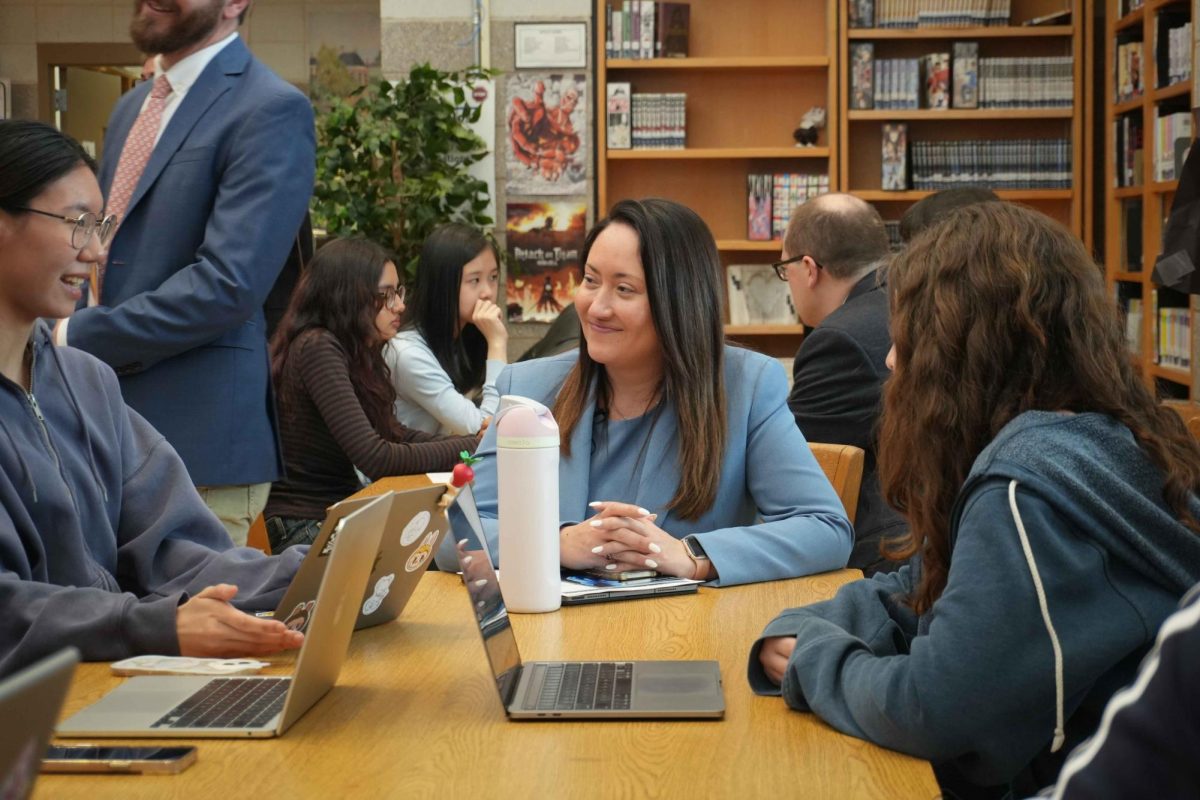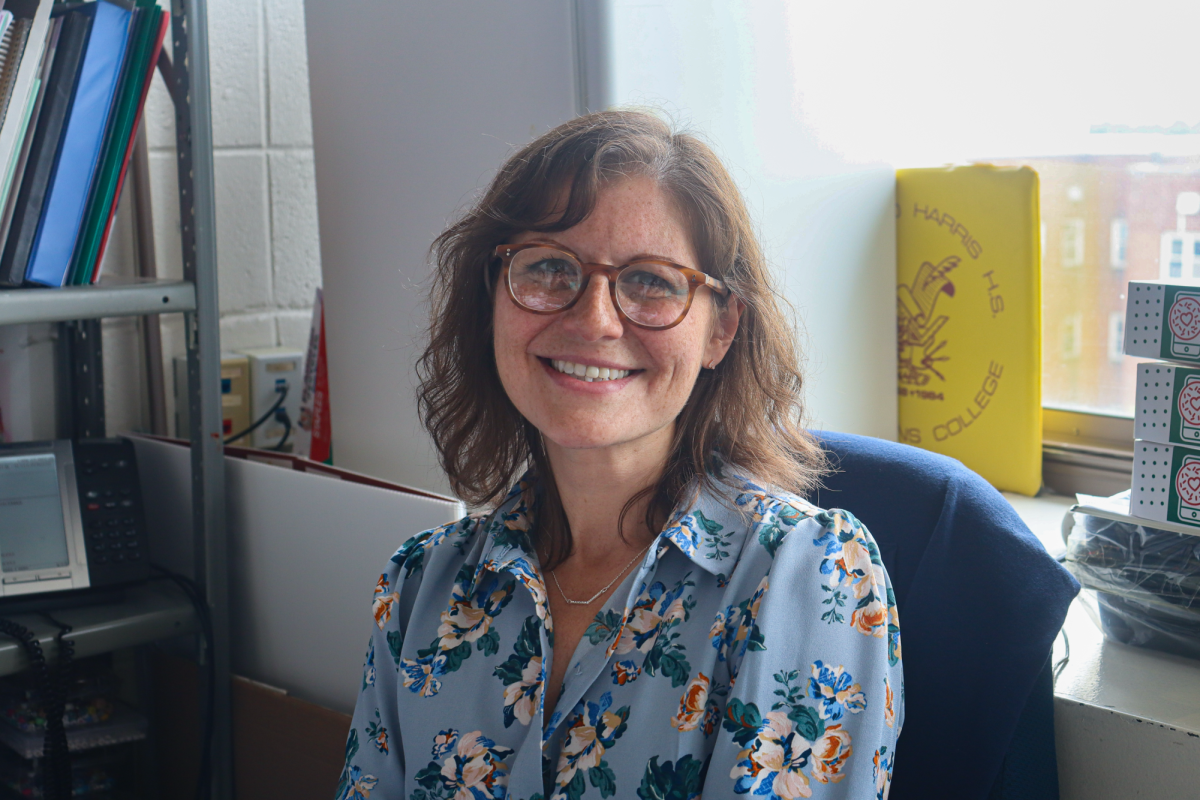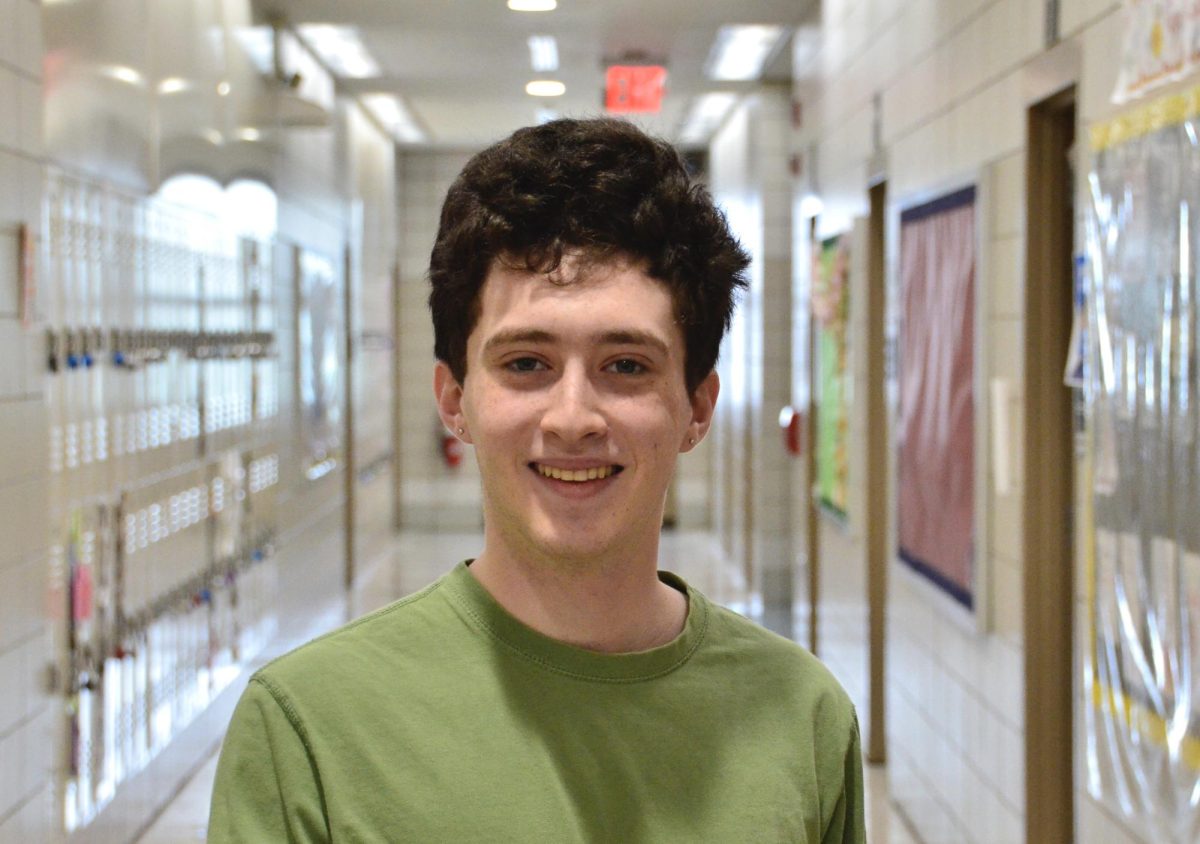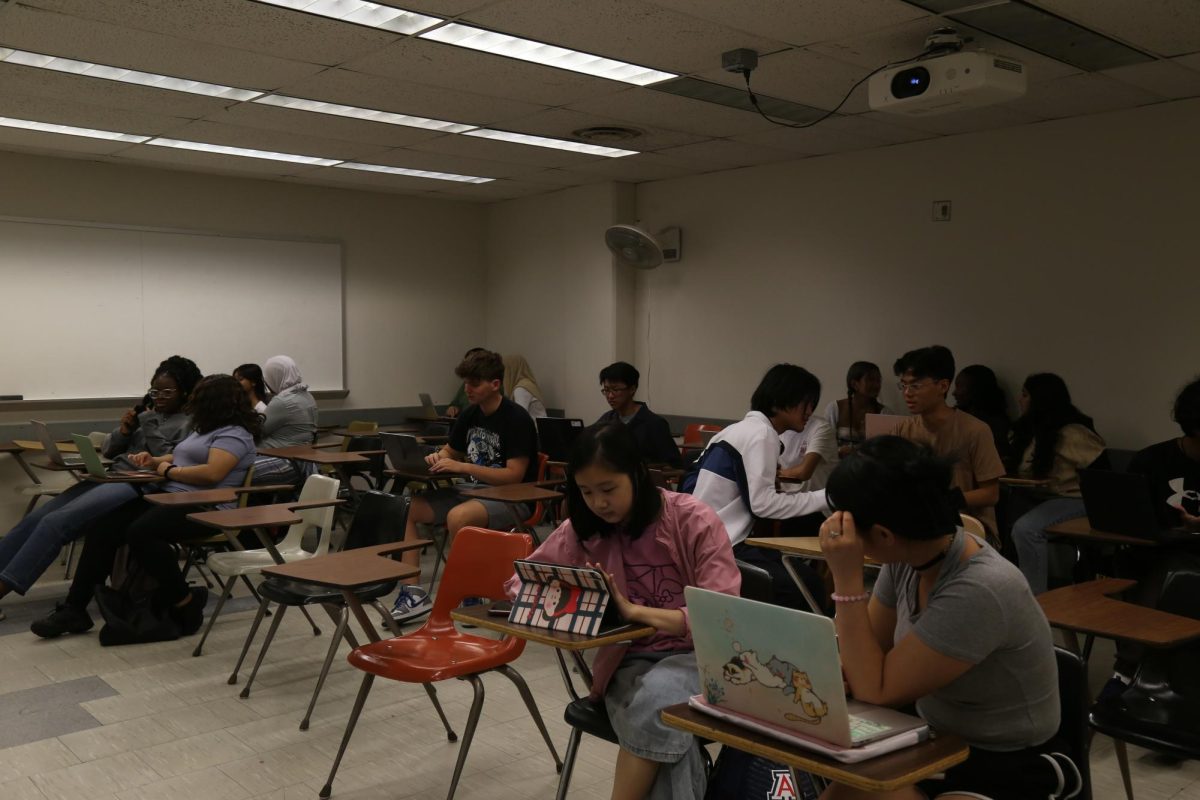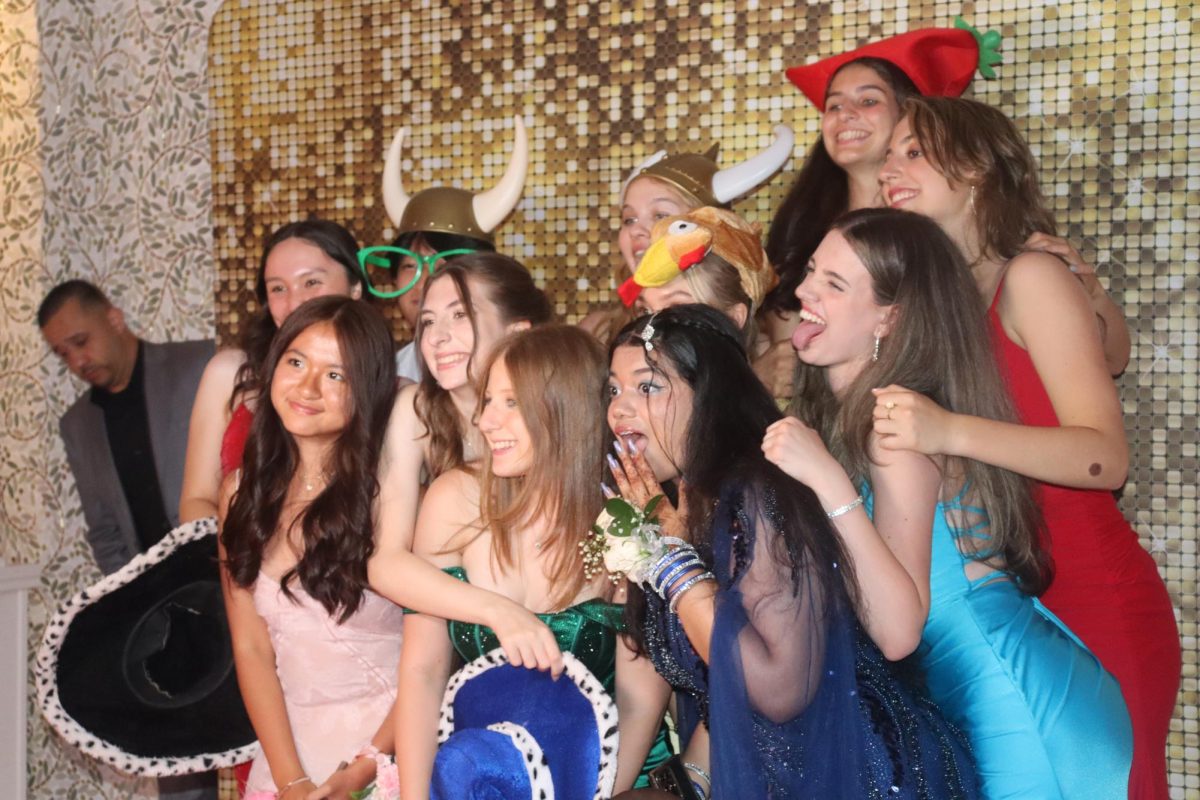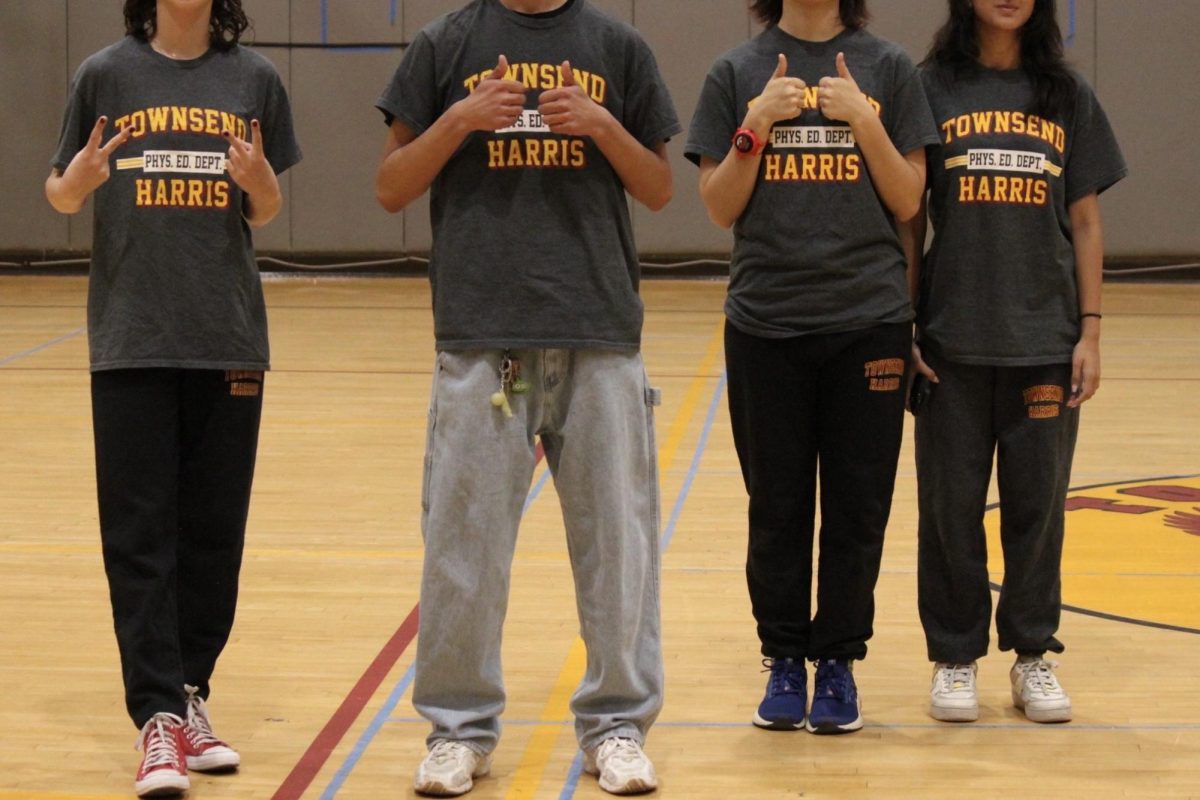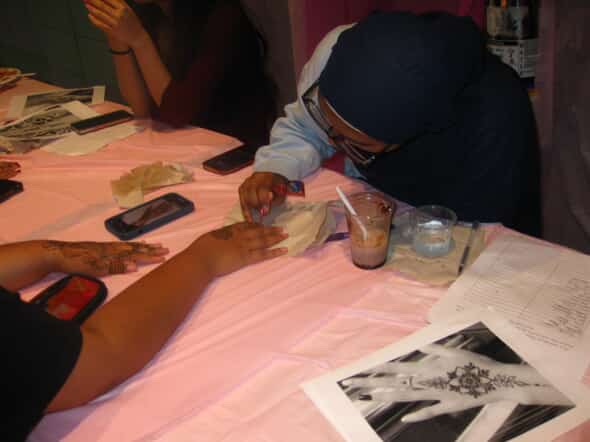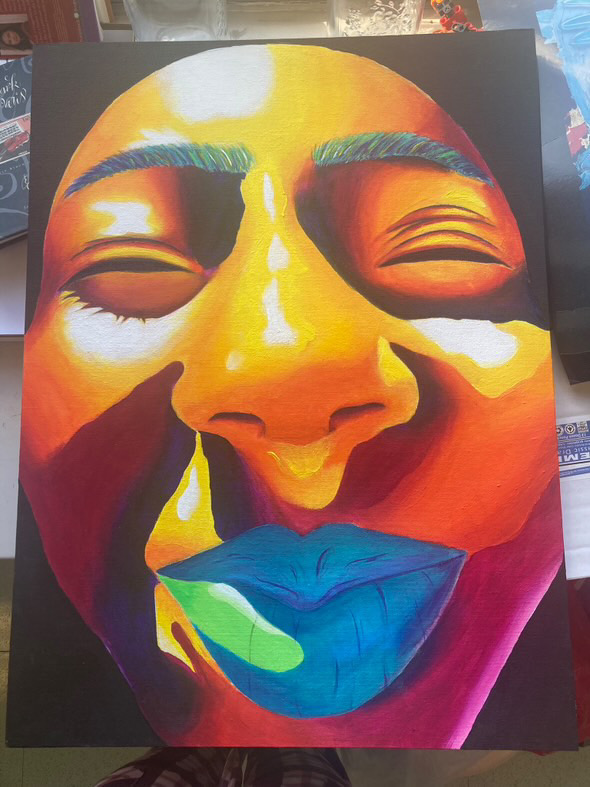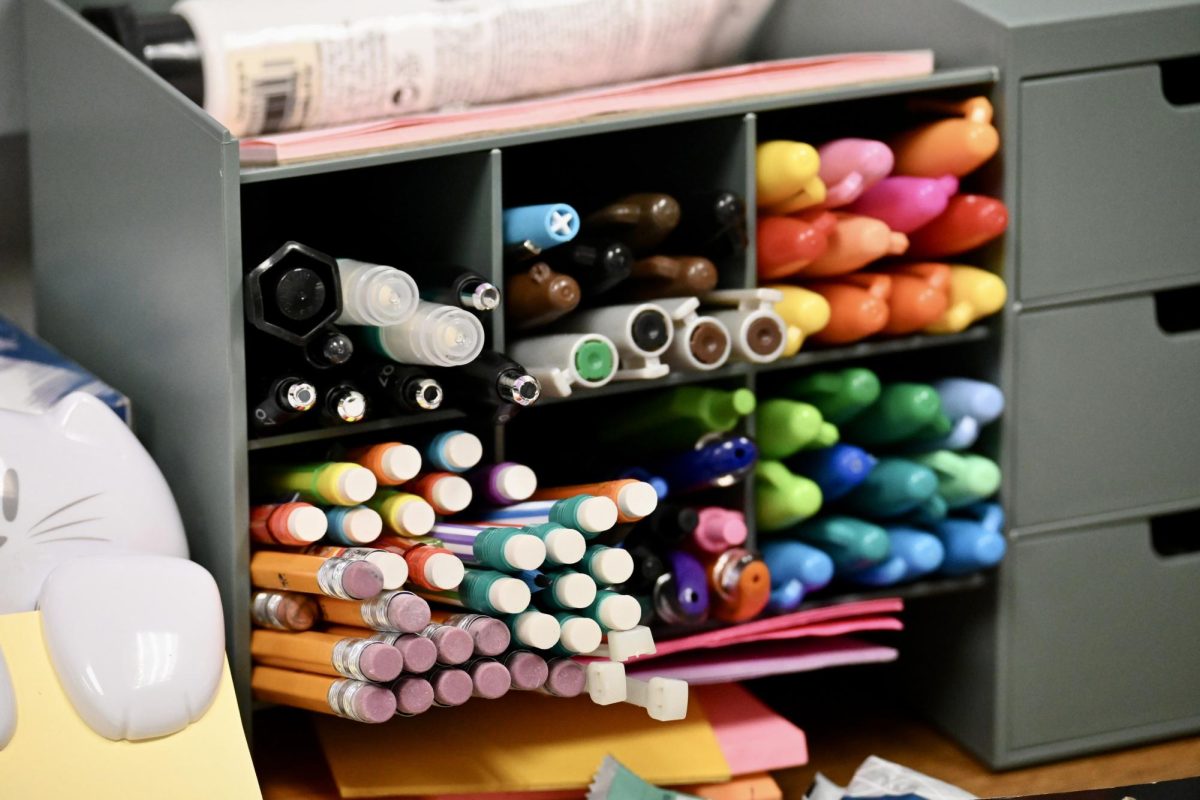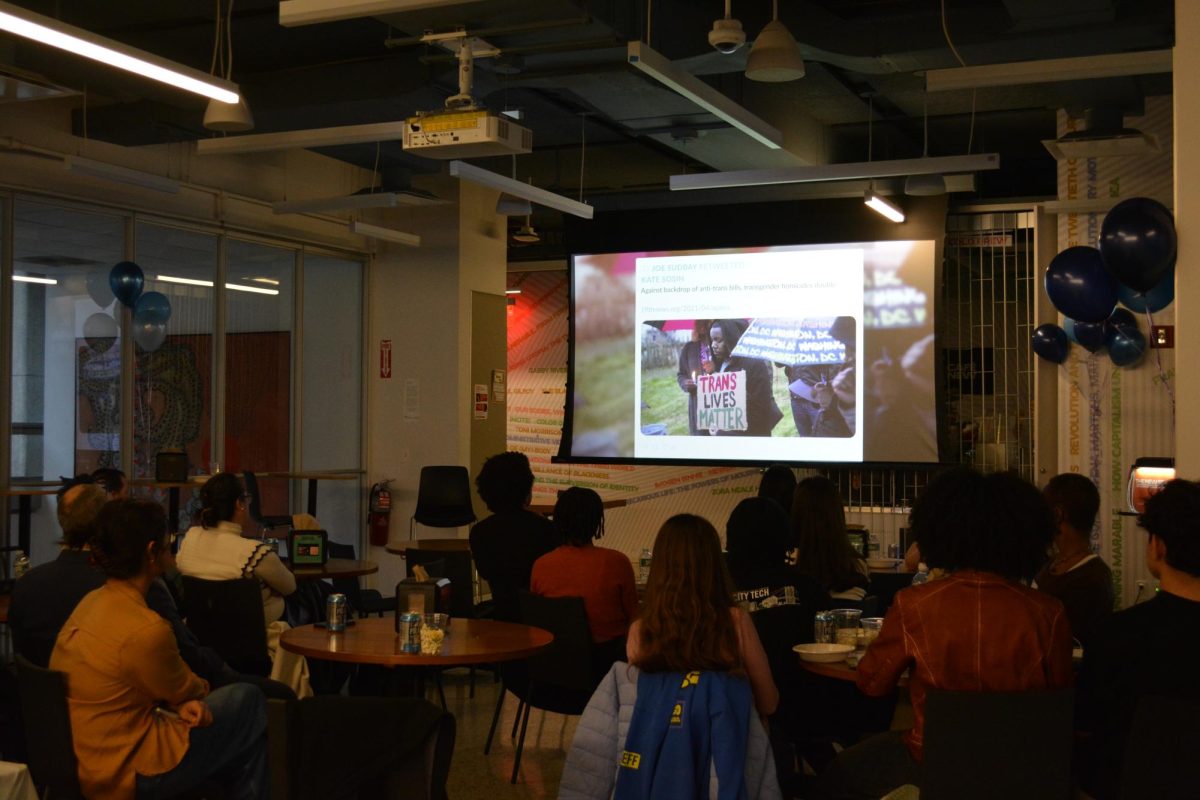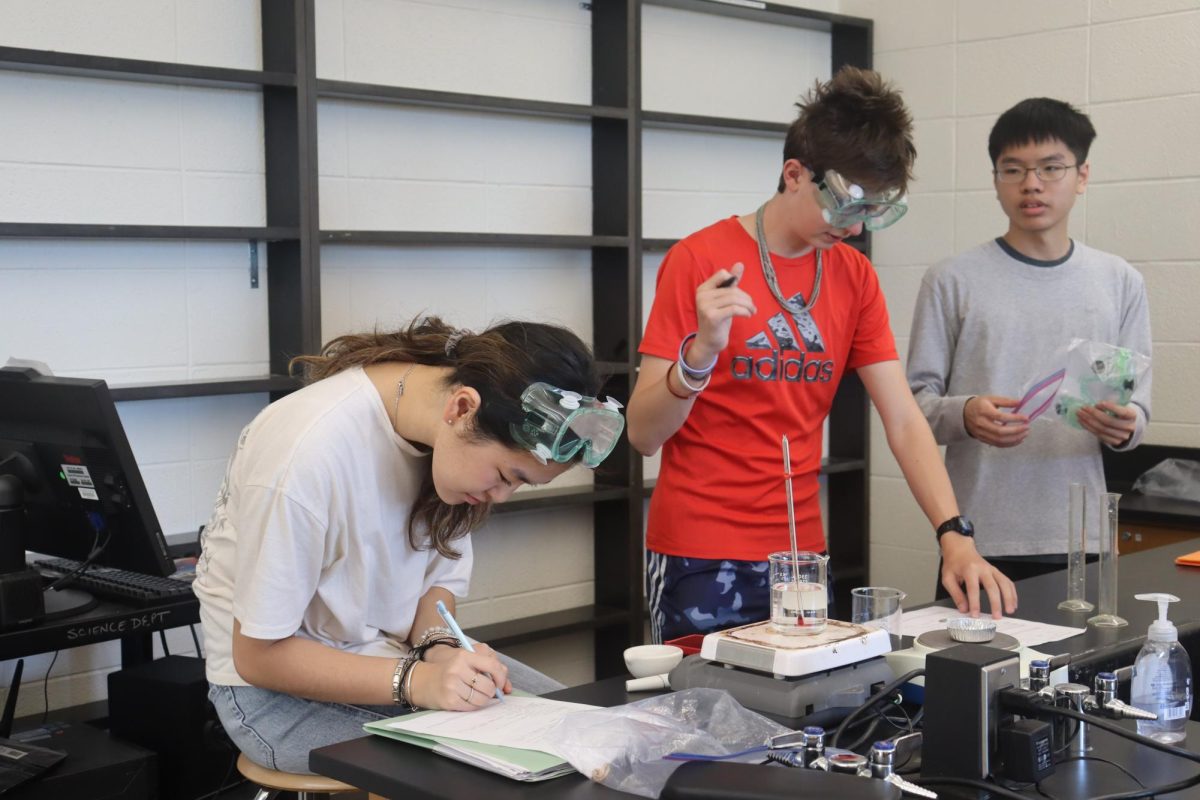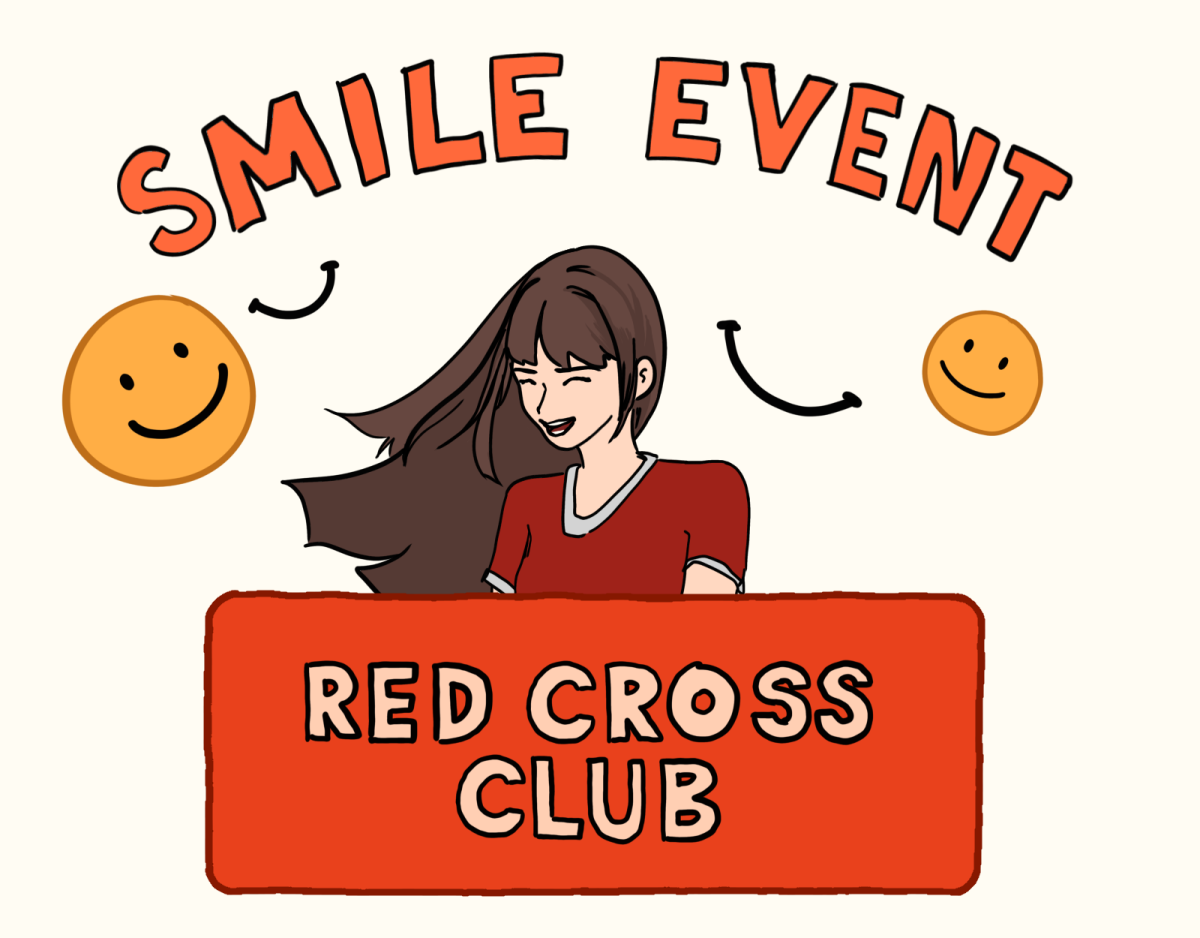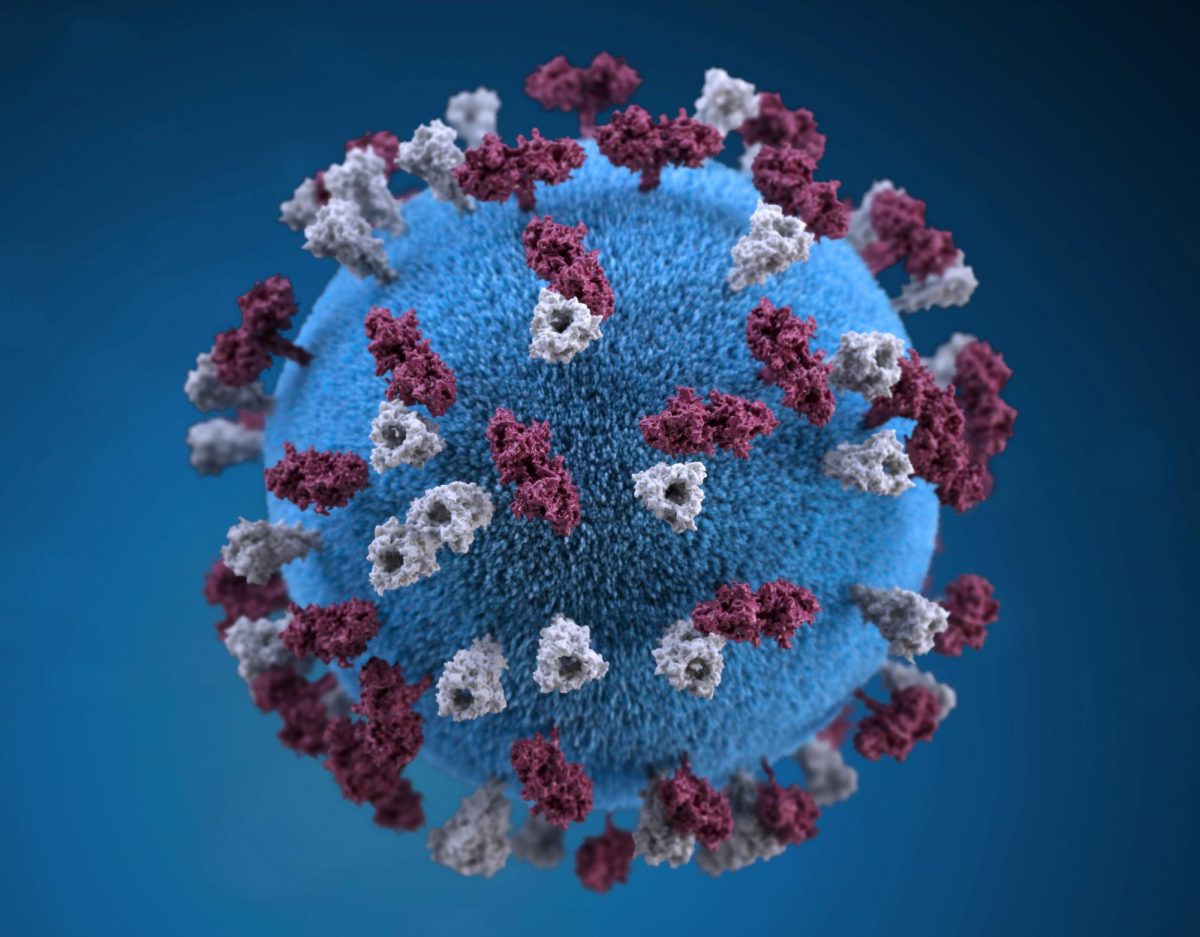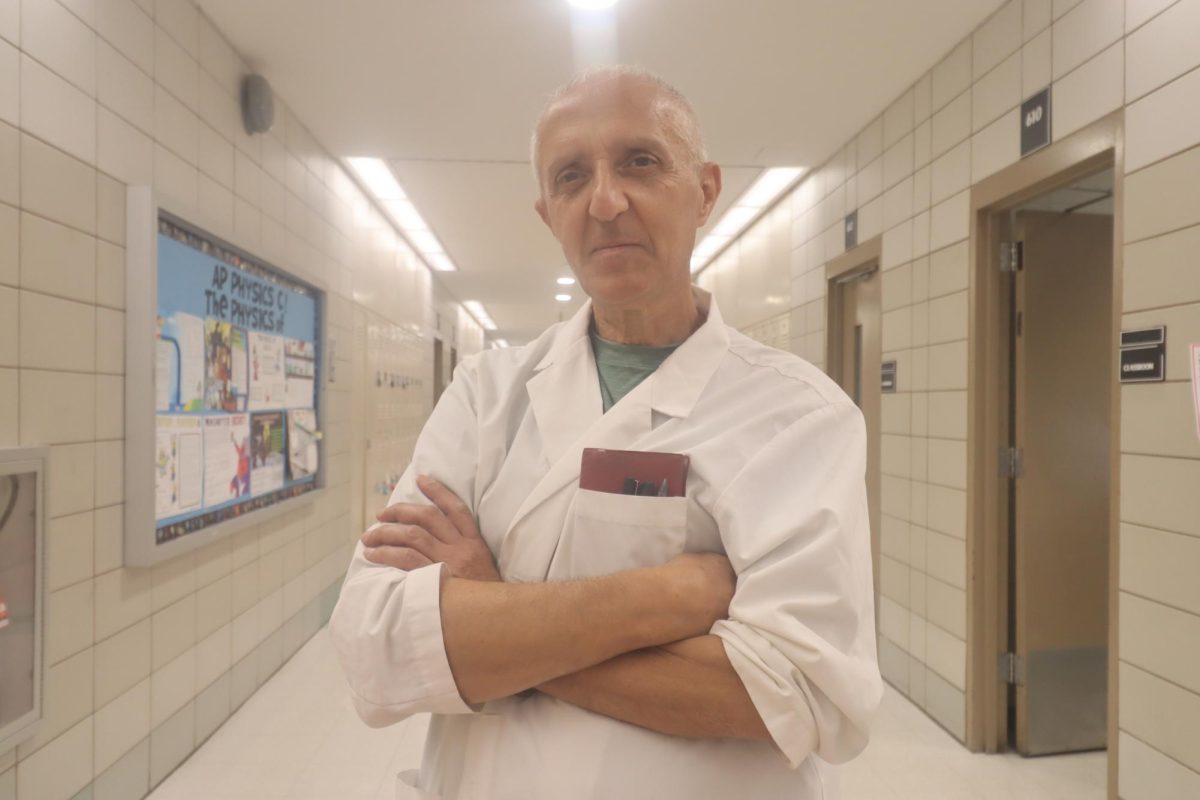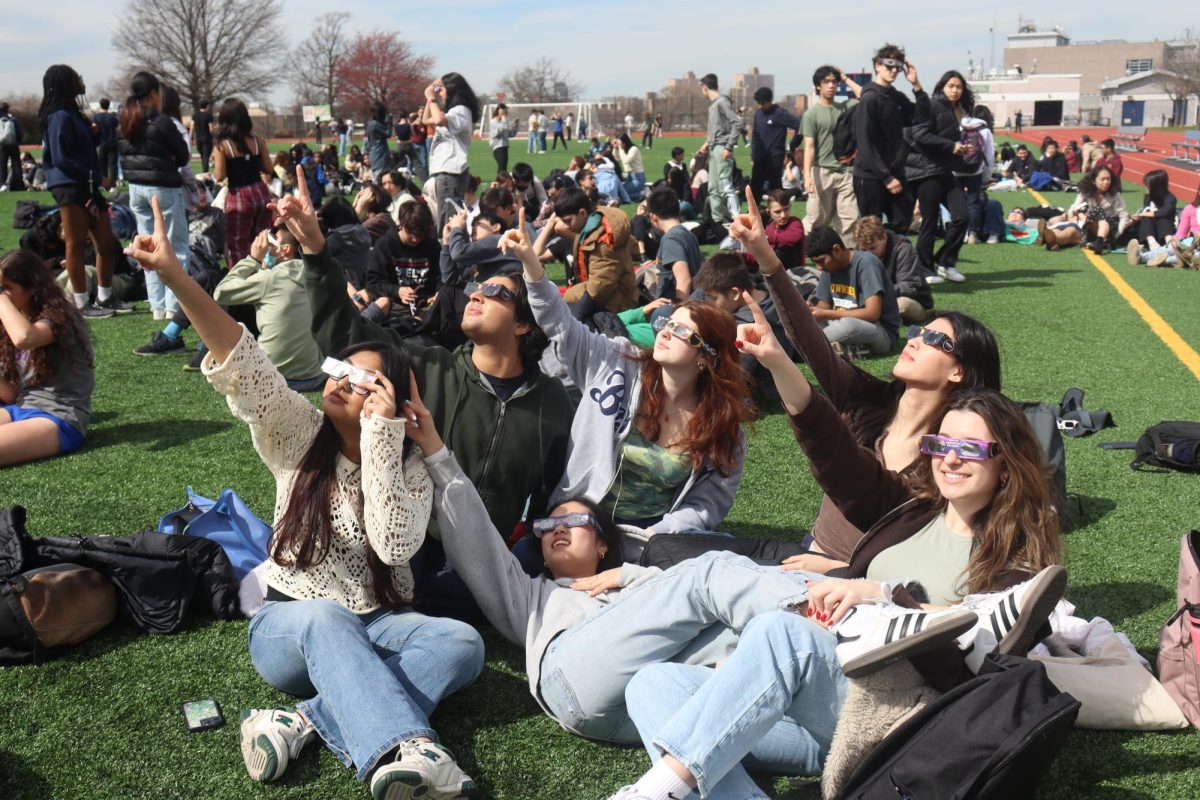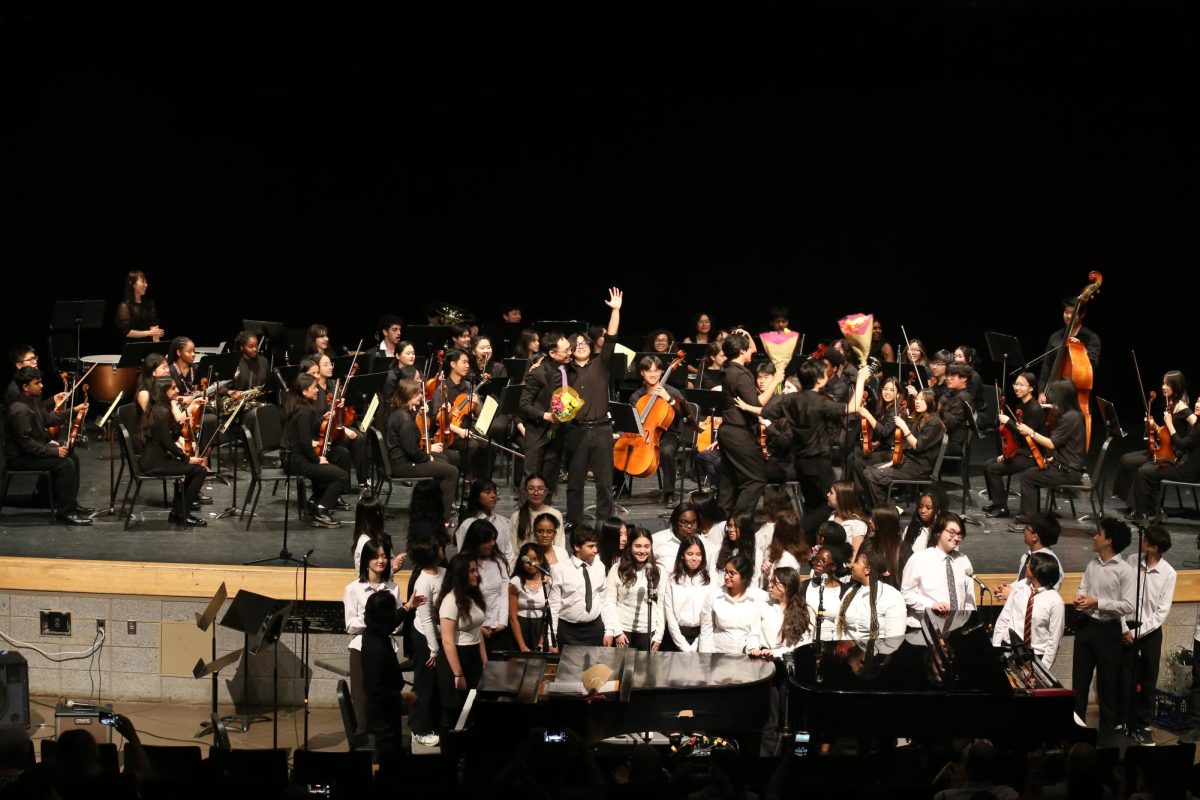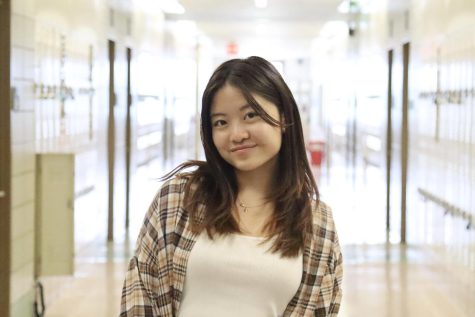
In recent years, artificial intelligence has quickly become prevalent, especially in art. As boundaries between human-made and machine-made art begin to blur, young artists at THHS shared their opinions regarding the use of AI in creating art.
Some student artists said they were willing to use AI as part of their creative process.
Sophomore Wing Yan Tan said, “I have used AI tools for the brainstorming process for my art piece. However, I don’t believe it has a great impact on the results of my art piece by simply using AI tools for brainstorming ideas. It doesn’t affect the skills of an artist and the art works they produced by their own hands.”
Sophomore Michelle Shi said she enjoys drawing art pieces in her free time and said, “Rather than seeing AI as an obstacle to our creative growth, we can learn to rise to the challenge, exploring and developing our artistic processes to express in a way that is personal and irreplaceable.”
However, other students argue that AI has resulted in a deterioration of symbolism and depth in artworks.
Senior and former S!NG Art Director Shamonti Shamim said, “AI has definitely changed the way art is made. I feel like art was more authentic and meaningful before, but now, AI can make these same pieces, yet they lack the depth and complexity that a real artist can make.”
She said, “AI is never used in art for S!NG. We usually make pinterest boards based on the theme of that year and we combine references and try to put different parts we like together in order to create backdrops and flats.”
Similarly, junior Cindy Lou said, “I think AI and human art are just not the same. Human art comes from real feelings, real stories, stuff we go through. AI doesn’t feel anything, it just puts things together based on data. That’s not the same as someone spending hours working on something they care about.”
As AI tools continue to evolve, so does the future of art. Michelle said, “I’m confident that we can learn to adapt. AI can serve as a first step into the creative process for some, but never as the final product. By plugging in ideas, artists can observe tangible possibilities, and pick out aspects that resonate with themselves. From concepts of color to shape, AI can help inspire artists [to] develop their work where they feel lost.”
